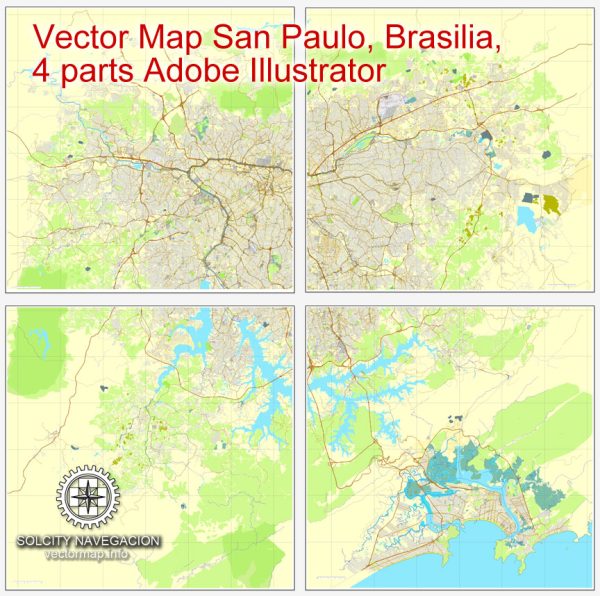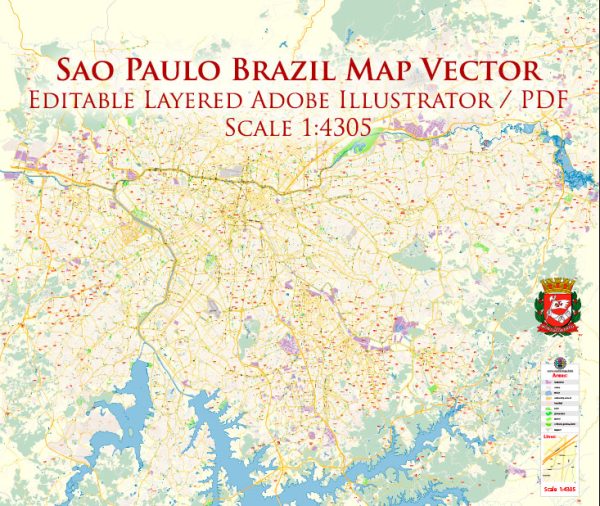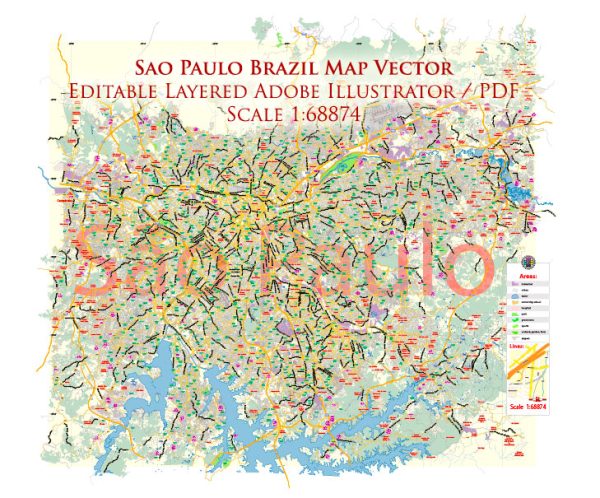São Paulo, Brazil, which is one of the largest and most populous cities in the country. São Paulo has a rich history of urban development that spans several centuries. Here’s a brief overview:
- Colonial Era (16th to 18th centuries):
- São Paulo was founded in 1554 by Jesuit priests, including José de Anchieta and Manuel da Nóbrega, as a mission to convert the indigenous Tupi-Guarani people.
- The region initially thrived on agriculture, with sugar cane being a significant crop.
- Bandeirantes and Gold Rush (17th to 18th centuries):
- The bandeirantes, explorers and fortune seekers, played a crucial role in São Paulo’s expansion during the 17th century.
- The discovery of gold in the nearby state of Minas Gerais in the 18th century contributed to São Paulo’s economic growth.
- Coffee Boom (19th century):
- In the 19th century, São Paulo experienced a major economic transformation with the rise of coffee plantations. Coffee became a key export product, and wealthy coffee barons invested in the city’s development.
- Immigrants, particularly from Italy and Japan, arrived to work on coffee farms and contributed to the city’s cultural diversity.
- Industrialization (20th century):
- São Paulo underwent rapid industrialization in the early 20th century, becoming the economic powerhouse of Brazil.
- The city’s population exploded as people from rural areas and other parts of the country moved in search of employment opportunities.
- Urbanization and Infrastructure (mid-20th century):
- The city faced challenges related to rapid urbanization, leading to the development of informal settlements (favelas) on the outskirts.
- Efforts were made to improve infrastructure, including the construction of major highways and the development of a subway system.
- Late 20th Century to Present:
- São Paulo continued to grow as a major financial and cultural center in South America.
- Challenges such as traffic congestion, pollution, and social inequality have accompanied the city’s development.
- Contemporary Urban Challenges:
- São Paulo faces ongoing issues related to urban sprawl, housing shortages, and the need for sustainable development.
- Efforts are being made to address these challenges through urban planning, public transportation improvements, and social programs.
The history of São Paulo’s urban development reflects the broader trends of Brazil’s economic and social evolution. The city’s growth has been marked by periods of economic prosperity, demographic shifts, and challenges associated with rapid urbanization.




 Author: Kirill Shrayber, Ph.D.
Author: Kirill Shrayber, Ph.D.